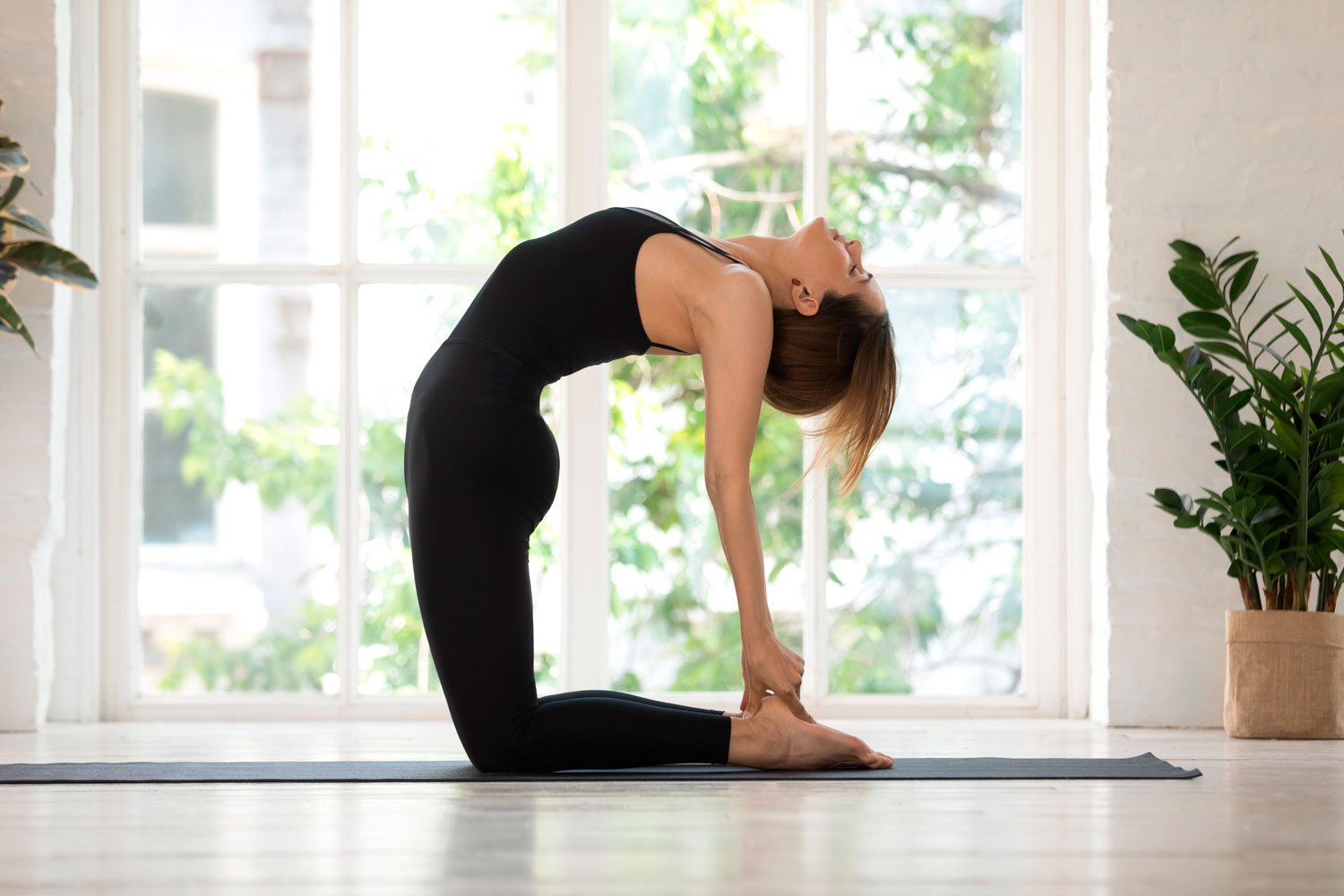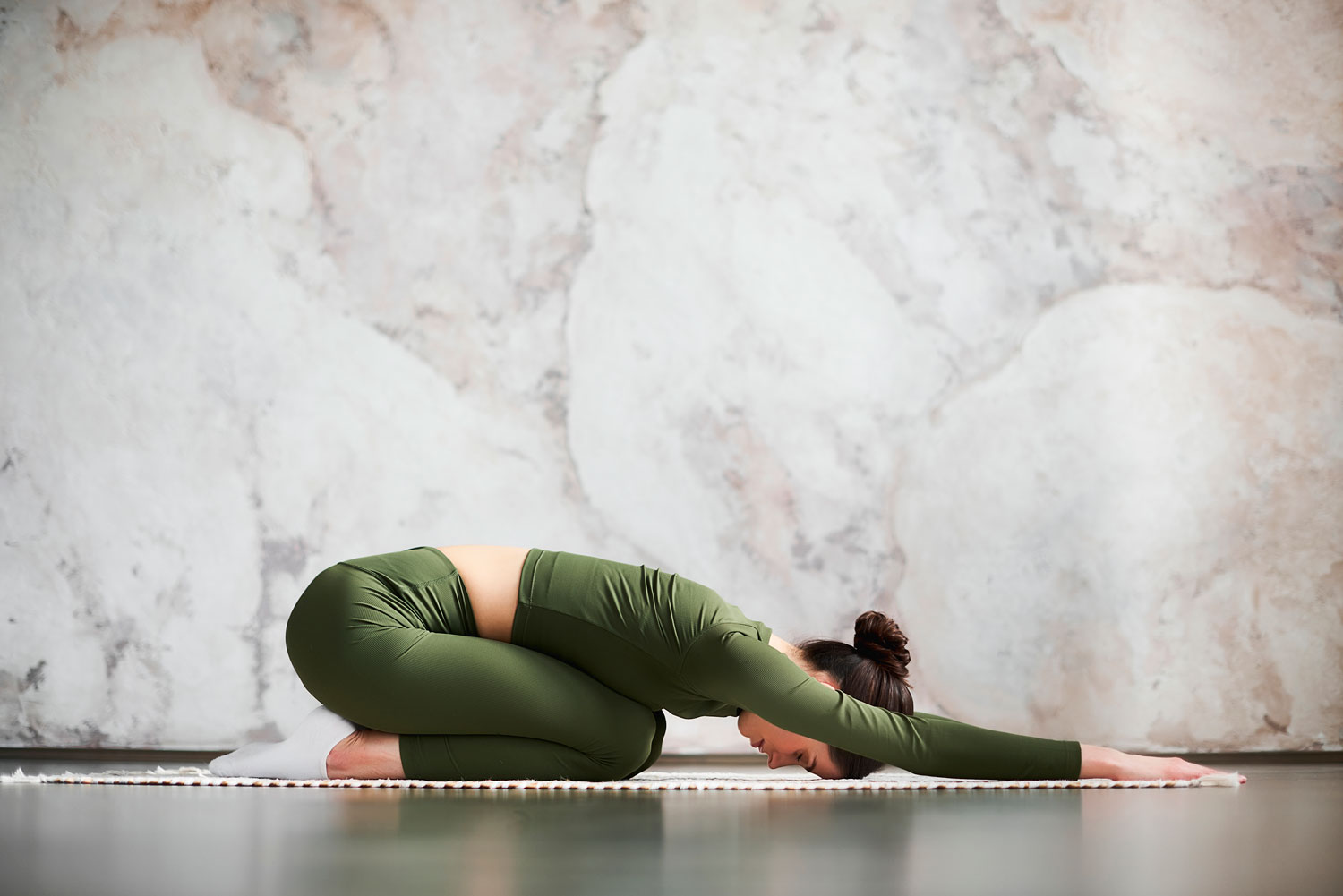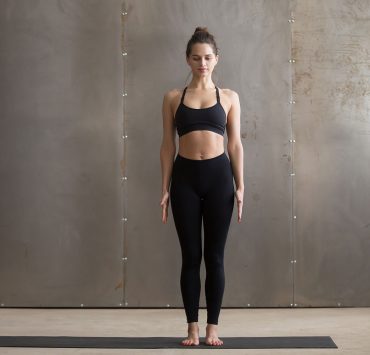
A graduate of Arizona State University, Nicole Baker is a…
Camel pose also known as Ustrasana; ustra meaning camel and asana meaning pose or posture. It makes sense as visually, the posture resembles the hump on a camel’s back. Camel pose is the ultimate heart opener. This posture helps open the heart chakra. The Anahata heart chakra is responsible for the feelings of love, balance, relationships, and intimacy. When it is undernourished, we can feel antisocial, critical, lonely, depressed, and have a lack of empathy. By practicing camel, we can help nourish ourselves for a more balanced life.
Benefits of Camel Pose

In addition to the emotional benefits, the fourth chakra stimulating asana helps with mobility in the shoulders and back, opens the entire front body, and strengthens the back and upper legs. It helps improve posture, especially after sitting behind a desk all day, while invigorating the mind and body. In addition, it also has possible therapeutic benefits. Research suggests that it can help with respiratory ailments, mild backache, fatigue, anxiety, and menstrual discomfort. Incorporating it into your daily yoga practice can help positively impact the effects of modern living.
Contraindications

Before practicing the posture be aware of the following contraindications: high or low blood pressure, migraines, insomnia, or any neck or lower back injury. A good rule of thumb is that if you see spots or colors or experience any sort of pain, come out of the posture. There are gentler postures such as cobra (bhujangasana) or cat-cow that may be more appropriate. Always check with your doctor before starting any new physical exercise.
How to Practice Camel Pose

Camel is an intense posture, it could even be considered a peak pose depending on your practice. Starting with preparatory postures not only enhances this supreme heart opener but preps the body to avoid injury. Preparatory postures can include cobra, upward facing dog, bow, or locust. You could also include gentle backbends into your standing postures such as upward salute or high lunge. Start with the gentler backbends and gradually build up towards camel.
There are two ways to transition into camel pose. Some people opt from the top, starting taller with the torso higher and glutes away from the hips, while others start from the bottom with the glutes starting at the heels and a lower height in the upper body. The second option, starting lower, tends to be a little safer for beginners and leads to less compression on the lower lumbar spine for those who find the posture challenging. Either way is fine as long as you feel safe and supported.
Starting with the torso lifted
- Start in a kneeling posture with the knees hip-width apart and toes tucked under.
- Place the hands in the small of the lower back with the fingers pointing downward and the elbows pointing behind you.
- Press the hips forward while lifting the chest upward.
- Lean back. Reach for the heels if possible.
- Release the head back and gaze behind you.
- Hold anywhere between 5 to 30 seconds.
Starting at the feet
- Starting with the knees hip-distance apart, kneel down and tuck the toes under.
- Bring the glutes towards the ankles and the hands towards the heels.
- Press the hips forward and upward, attempting the stack them above the knees.
- Bring the shoulders blades together.
- Lif the heart towards the sky.
- Allow the head to release back if it does not cause any pain to the neck.
- Hold anywhere between 5 to 30 seconds.
To come out of either modification, simply lower the glutes towards the heels as you bring the shoulders back above the hips. No matter which way you move into the posture, as you practice avoid too much concentration and physical dominance in one area the body while neglecting another. The hips and thighs should feel strong while feeling the stretch in the chest.
Modifications and Variations

When the toes are curled under, this posture is doing double-duty by also practicing a form of toe squat. If the toes are uncomfortable to curl under, you can opt for an ankle stretch instead. Release the toes and let the tops of the feet rest on the floor.
If you cannot touch the heels while maintaining form, the posture becomes something else other than a chest opener. To assist, place blocks along the sides of the feet to increase lift. Some students prefer using two sets of blocks or more if they need to get their hands higher. You could also keep the hands in the small of the lower back, just make sure you are able to lift the body back up.
If the knees are feeling aggravated, you can try placing a folded up blanket underneath the knees. Another option is to fold the yoga mat over itself or double up your mat.
To ensure engagement in the legs, a yoga block can be placed between the thighs on the thinnest side. As the body bends back squeeze the block gently holding it in place as you reach back.
If trying to get a sense of how the body is aligned, camel can also be done against a wall. To start, face the wall with the legs flush or just an inch or two away from the wall. Press the hips forward so you notice pressure against the quadriceps and the wall.
With this heart opener, you could even practice by incorporating mantra while holding the posture. The heart’s seed mantra is “Yam” and you can incorporate the chant before, during, or after the posture.
Counter Poses

Ustrasana is an intense backbend. Intense backbends should be worked up to with gentler postures and then the more challenging ones should be completed together. After completing your backbends, they should be followed by postures that neutralize the spine before coming into its counterpose. To neutralize back, lie on your yoga mat with the feet as wide as the mat, soles of the feet pressed into the floor, with the knees bent. Leaving the feet where they are, let the knees tap together at the center of the mat. Hold here for at least 30 seconds.
After completing knee knock pose, you can practice the counterposes. Forward bends are a great counterpose to backbends. As the energy is already grounded towards the earth, seated forward bends such as Seated Forward Bend (Paschimottanasana) or Head-to-Knee Forward Bend (Janu Sirsasana) are an excellent follow-up.
Conclusion
Camel is a challenging peak posture with an array of modifications and variations to help improve posture, open the heart chakra, and create a well-balanced asana practice. By incorporating the full expression of the posture or any of the many modifications you can create an invigorating practice.
What's Your Reaction?
A graduate of Arizona State University, Nicole Baker is a force to be reckoned with in the realm of health and wellness. She studied behavioral health, which propelled her desire to live holistically and share her knowledge with other like-minded individuals.














